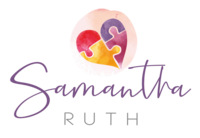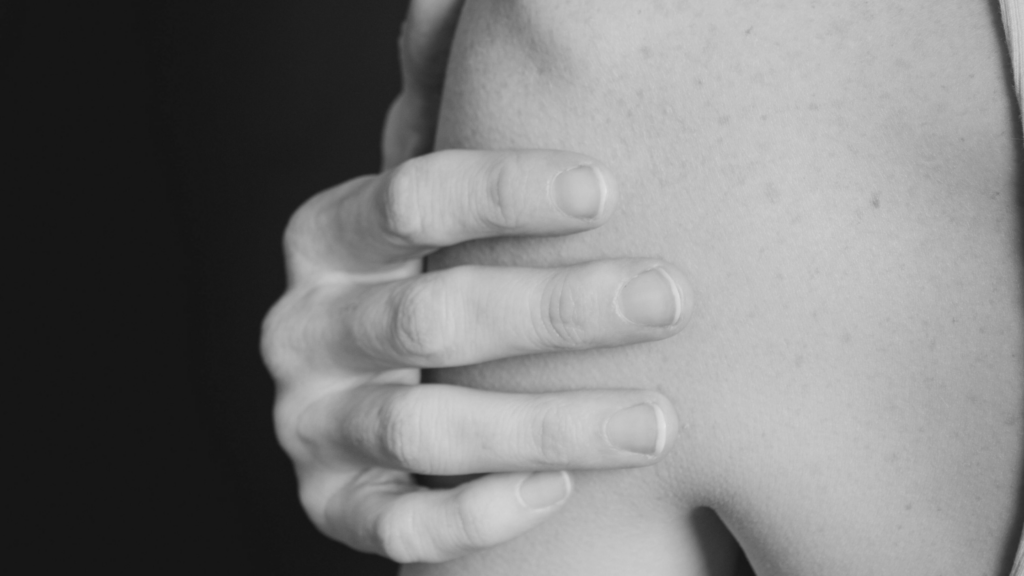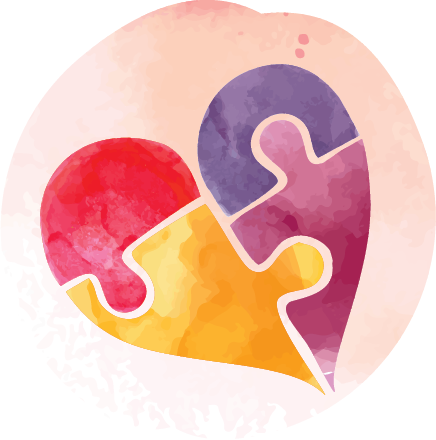Press











ABOUT Sam
SERVICES
Team Ruthless
EVENTS
GRIEFHAB™
PODCAST
RETREATS
shop
HEALING TOGETHER THROUGH THE HOLIDAYS - MAIN EVENT
HEALING TOGETHER - FOR A CAUSE: VIRTUALLY
HEALING TOGETHER - FOR A CAUSE: PILATES IN THE PARK - MICHIGAN
HEALING TOGETHER - FOR A CAUSE: VISIBLE - COLORADO
September 6-7
Jimtember Virtual Jubilee
blog
December 2nd - 8th / Metro Detroit AND VIRTUALLY
August 27th & 28th
August 30-31st
rUTHLESS IN THE ROCKIES
TEAM RUTHLESS
THE CONFIDENCE CONFERENCE
mOBILE rECOVERY dAY
Next event: September 10-23rd, Colorado
October 5-6th -
Virtual Event
September 30th, Castle Rock, Colorado
7 Groups Every week Plus Every Holiday
HEALING TOGETHER - FOR A CAUSE: Ride & ROAR - DALLAS
October 11 -12th
Stay Tuned!
FACES OF GRIEF
JOIN US
Let’s Talk About Self-Harm
March 7, 2024


Content Warning: This blog contains discussions of self-harm, mental illness, abuse, and other difficult mental health issues. If you find these topics uncomfortable or distressing, take the time to decide whether this content is right for you. If you need to talk to someone, you can reach out to me at any time.
I talk a lot about taboo topics, like human trafficking, sexual violence, and eating disorders. It’s uncomfortable but we need to talk about these issues. The more we bring them to light, the less power they have. The more comfortable someone, somewhere will feel reaching out. So today, during Self-Harm Awareness Month, let’s talk about self-harm.
What Is Self-Harm?
How much do you know about self-harm? Maybe you know someone who has struggled with it – or maybe you have struggled with it yourself.
Self-harm is a blanket term that refers to any behavior in which a person intentionally injures their own body. The severity of the injury doesn’t matter. If a person is hurting themselves on purpose, it is a form of self-harm.
The most well known form of self-harm, and the most often discussed, is cutting – when a person uses a sharp object to cut their own skin. A person may burn themselves using cigarettes, candles, or other hot objects. They may punch themselves, or punch objects that will cause them injury. They may also break their own bones, bruise themselves, pierce their skin with sharp objects, or pull their own hair.
However, these are not the only behaviors that can be classified as self-harm.
Self-Harm Isn’t Always Visible
Some forms of self-harm are invisible or less obviously self-harm than the typical forms. These can be just as damaging but are more difficult to identify. For instance, if a person is deliberately starving themselves or binge eating, this may be a form of self-harm. Or, if a person is exercising to a destructive degree, harming their health or causing injury, it can also be a form of self-harm.
The point is, self-harm may sound straightforward and easy to identify, but it is actually complex. People who harm or injure themselves often work hard to hide their behaviors. But why does a person self-harm?
Why Do People Self-Harm?
There are many different reasons why someone might engage in self injurious behaviors. Often a person finds physical, external pain easier to cope with than intense negative feelings. The act of harming relieves severe emotional tension for some, and for others can be a form of ‘punishment.’
Some people are at higher risk of engaging in self-harm. Victims of abuse and those who experienced trauma in childhood are considered high risk. If someone has a mental illness, such as depression, anxiety, PTSD, or a personality disorder, they are at higher risk of self-harm. Substance use is also a risk factor.
But if self-harm isn’t always visible, how do you recognize the signs that someone is engaging in self injurious behaviors?
How Do You Recognize the Signs of Self-Harm?
If self injurious behaviors aren’t easy to recognize, how do you identify when someone in your life is struggling?
The most obvious sign that someone may be harming themselves is frequent physical injury. If someone seems to constantly have new cuts, bruises, broken bones, or scars on their body, this may mean they are harming themselves. More specifically, if someone can’t explain their injuries, or if the explanations don’t quite add up, it is reason for concern. For instance, if your friend has a physically demanding job, bruises may not be out of the ordinary. But if they work an office job and don’t have any hobbies that could cause bruises, that may be more reason to ask questions and get involved.
Because physical injuries can lead to questions (especially frequent physical injuries), many people who harm themselves take extra care to cover their injuries. They may wear long sleeves and pants all the time, even when it is inconvenient or uncomfortable. Other signs to watch out for include volatile emotions and behaviors; extreme, sudden changes in behaviors, moods, and physical appearance; and social withdrawal.
If you notice multiple signs that someone in your life may be harming themselves, what should you do?
What Should You Do if Someone You Know Is Self-Harming?
If you believe that someone in your life may be engaging in self-harm, the first thing that you should do is let go of your judgments. If you haven’t struggled with it yourself, self-harm can be difficult to understand – and it is normal if you have negative feelings toward it. But your loved one needs to know that they can trust you.
Have an honest conversation. If you believe that someone is harming themselves, sit them down privately and tell them what you’ve noticed. Give them the space to tell you themselves what is going on in their life. If they aren’t comfortable saying it, tell them your concerns and let them know that you want to help them. They may not be immediately open to help – that’s normal. Just let them know that they have support, and that you will help them whenever they are ready. Encourage them to seek out professional help.
What Else Can You Do?
If you want to help others struggling with self-harm, the best thing you can do is talk about it. If we avoid uncomfortable topics, we can’t help the people who need help. Talk to the people you see every day. Start conversations on social media. And be mindful of the people around you!
If you are struggling with self-harm, you’re not alone. Reach out to a mental health professional for support.
And remember, you can reach out anytime: sam@samantharuth.com
PS: If you want to stay up to date on awareness weeks throughout the year, I have something special for you! The 13 Month Griefhab 2024 Awareness Calendar was designed to showcase EVERY important awareness day, week, and month. Each month features inspiring quotes, as well as artwork designed by a child impacted by grief. You can purchase your awareness calendar here: https://buy.stripe.com/cN25lv9JEbeS3E428k and contact sam@samantharuth.com for bulk orders.
Leave a Reply Cancel reply
120 E. Front St. Loft 2 Traverse City MI 49684 &
77 Monroe Center St Ste 600 Grand Rapids MI 49503
phone : +1 (231)707-0707


Donate TO GRIEFHAB™
Donate today to help make our events and services free for everyone.
You can also donate directly to support a specific client in need.
four
three
info & Investment
two
THE FOUNDER
one
fIVE
GRAB A COPY OF MY
BOOKS & MERCHANDISE
four
three
info & Investment
two
THE FOUNDER
one


fIVE
GRAB A COPY OF MY
BOOKS & MERCHANDISE










HEALING TOGETHER EVENT
EVENTS
four
three
info & Investment
two
THE FOUNDER
one
fIVE
GRAB A COPY OF MY
BOOKS & MERCHANDISE
four
three
info & Investment
two
THE FOUNDER
one





fIVE
GRAB A COPY OF MY
BOOKS & MERCHANDISE










FACEBOOK FAMILY
GRIEFHAB™ SERVICES
FACES OF GRIEF
Our Press Features
THE BE RUTHLESS SHOW
two
three
Recent Articles
one





Coming in September! Stay Tuned.
December 2nd -8th / Metro Detroit AND VIRTUALLY
August 25th
August 30-31st
October 11 -12th
Stay Tuned!










four
three
info & Investment
two
THE FOUNDER
one





fIVE
GRAB A COPY OF MY
BOOKS & MERCHANDISE
four
three
info & Investment
two
THE FOUNDER
one





fIVE
GRAB A COPY OF MY
BOOKS & MERCHANDISE









